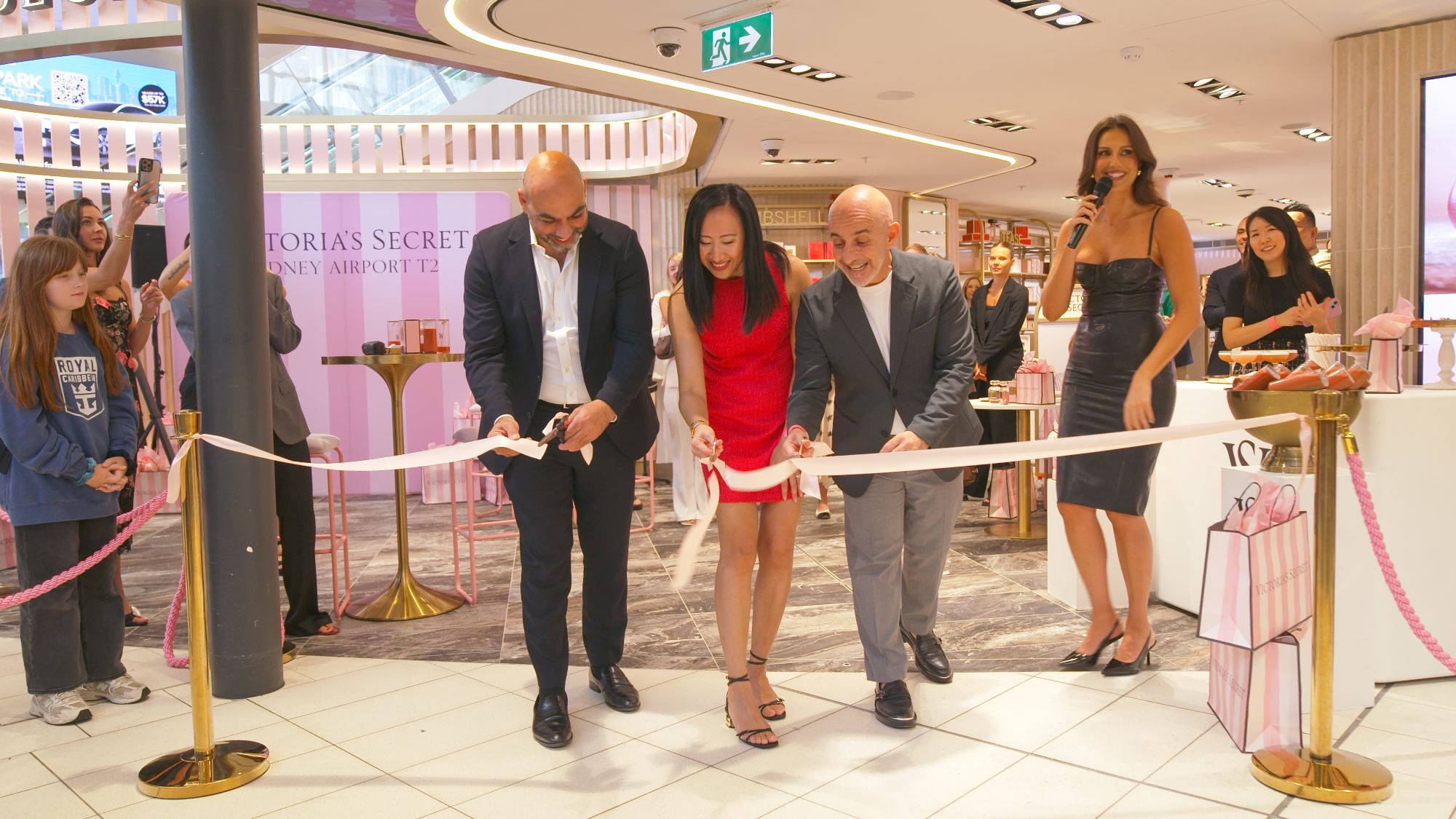August 22, 2025
LeSportsac is back! Colorful collabs and durable, utility accessories court Gen Z travelers
The brand is looking to refresh its travel retail distribution globally and build on its strong foothold in Asia Pacific
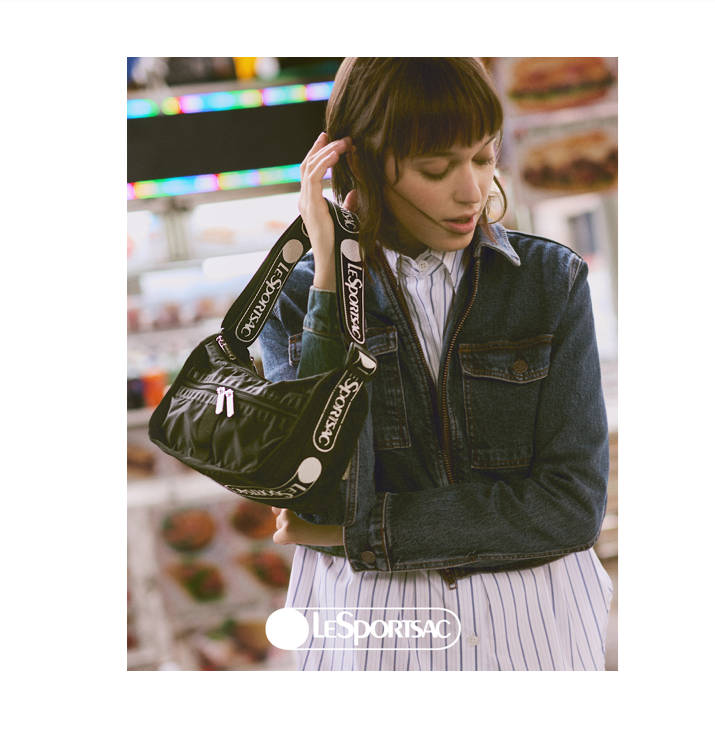
American lifestyle brand LeSportsac is making a comeback in travel retail, focusing on Gen Z travelers with colorful, pop-culture-inspired accessories and a deep commitment to durability and function.
The brand is part of the Japanese Itochu Corporation and is looking to refresh its travel retail distribution globally and build on its strong foothold in Asia Pacific travel retail across Japan, Taiwan, Korea and China.
“With half a century in crafting memories for travelers around the globe, LeSportsac continues to make waves as a trendsetter,” says Thomas Kaneko Heningsen of business development consultancy Blueprint. The consultancy has been advising the brand since August 2023, on how to strengthen the travel retail business together with distributor Hanse Travel Retail.
Durability meets design
LeSportsac is best known for its ultra-lightweight, ripstop nylon bags—spanning backpacks, totes, crossbodies, and weekenders—that emphasize utility without sacrificing style. Past high-profile collaborations include names like Gwen Stefani, Dianevon Furstenberg, Dylan’s Candy Bar, Hello Kitty, and Tokidoki. This year’s headline partnership is with Roberto Cavalli, while Haribo launched in selected markets in spring 2025.
LeSportsac’s portfolio features durable backpacks, crossbody bags, tote bags and weekenders that transition seamlessly from work to weekend.
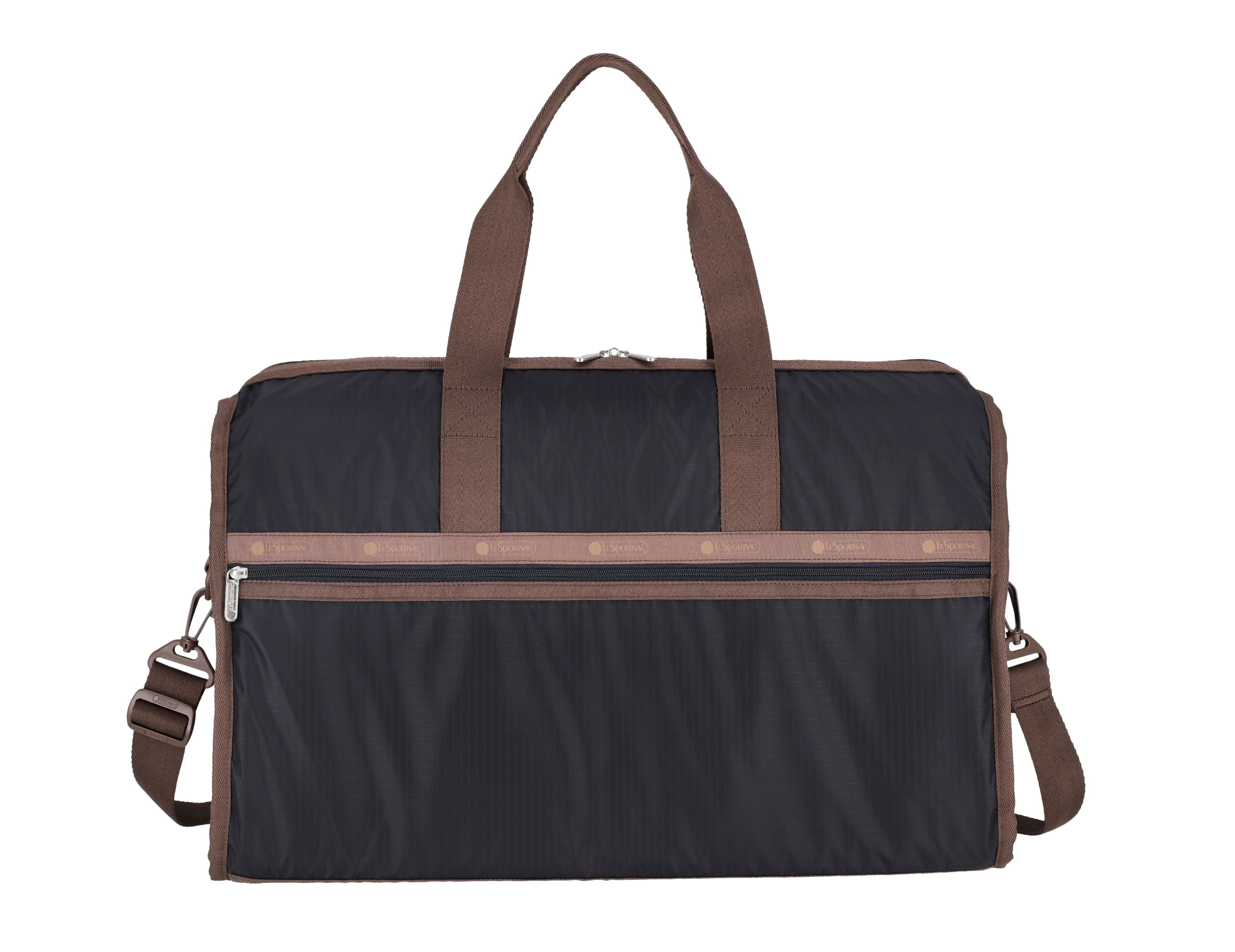
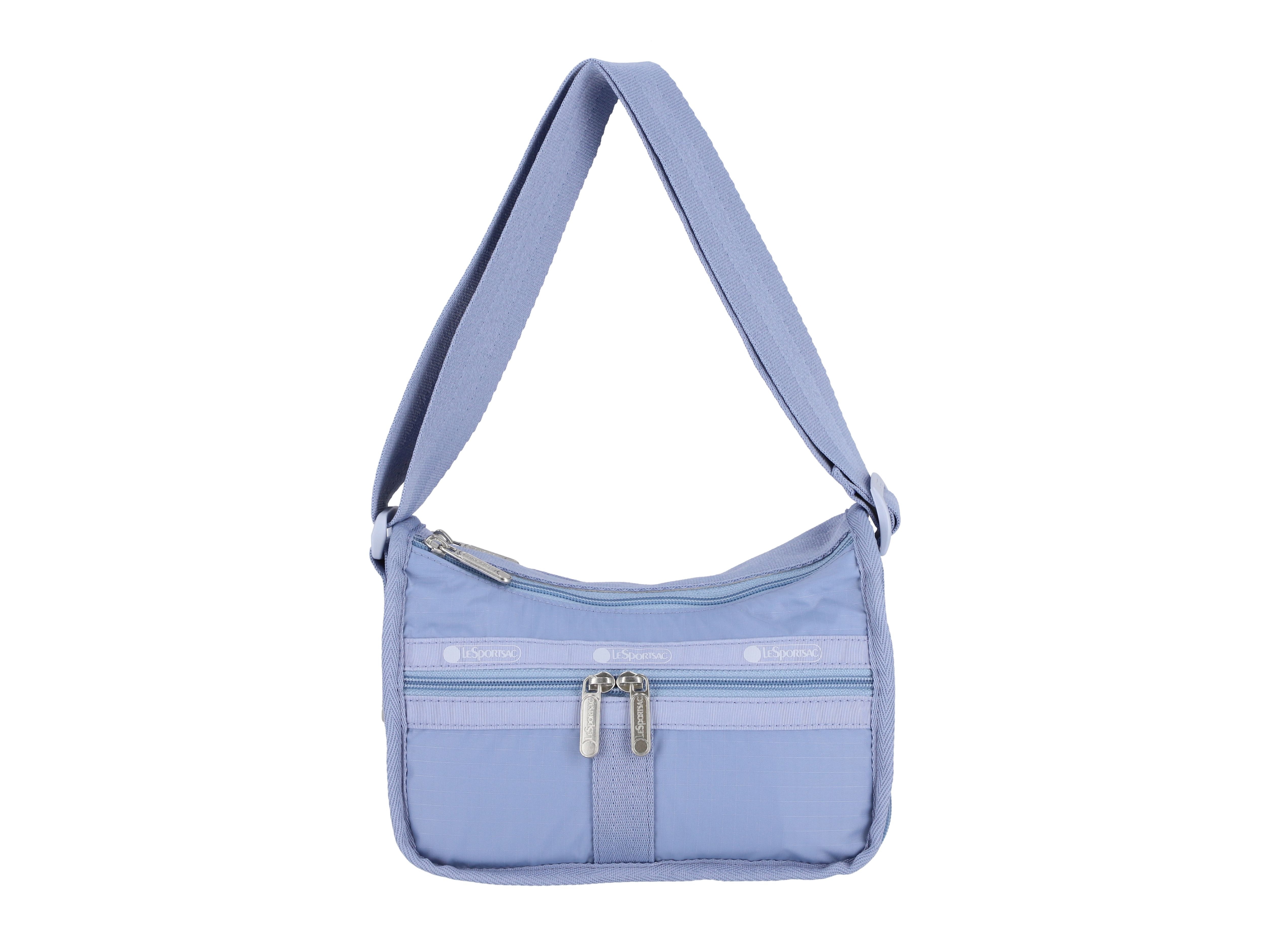
At the TFWA Asia Pacific Exhibition, LeSportsac President Suguru Nakai told GTR Magazine the company’s strategy is to be relevant to consumers through design and sustainable choices. “Our customers are into fashion collaborations, colorful designs and travel accessories that reflect broader attitudes towards longevity, durability and responsible consumption,” he says.
“Our bags are known for their lightweight yet durable ripstop nylon, which inherently supports a ‘buy better, use longer’ approach. We have upgraded the materials to be harder wearing but still light and durable.”
Blending functionality with sustainability
Nakai says Le Sportsac always aims to be relevant through functional, sustainable design. “Beyond durability, we continuously innovate in sustainability by integrating recycled materials into our collections, improving manufacturing efficiencies and reducing waste. Our commitment to modular and multi-functional design ensures that consumers can get more use out of a single bag, reducing the need for frequent replacements.”
Cultural capital
Further to celebrating its 50thanniversary last year, LeSportsac wants to broaden its global reach and leaninto its culture credentials. “We are a New York brand. Our DNA is New YorkCity, established 1974. We come from culture, and all our collaborationsrepresent cultural innovators,” says Nakai.
This cultural DNA continues to be central to how LeSportsac engages travelers. A September 2024 Sanrio pop-up in Korea was a major success, and the brand is scouting similar experiential opportunities across Asia’s airports. “We’re looking for the right partners,” says Nakai, adding that collaborations will increasingly target different demographics with more limited-edition drops.
One such collaboration with Tokidoki previously drove 40% of the brand’s revenue. With a new design collab launching in the second half of this year, LeSportsac is optimistic about hitting similar highs.
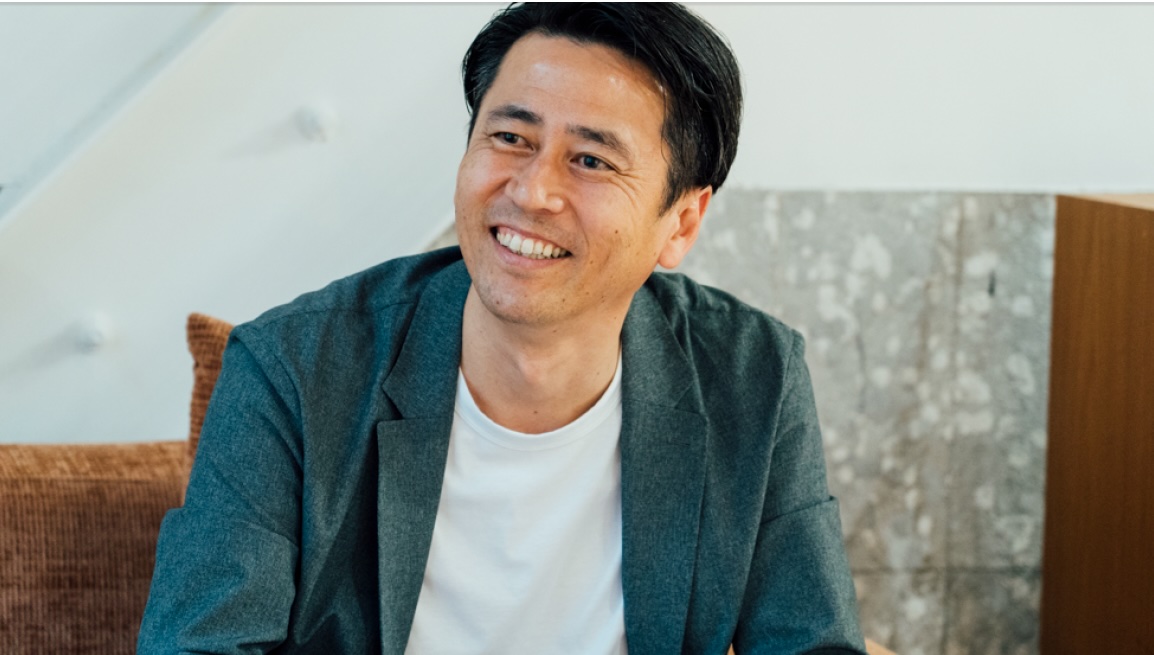
Rebalancing the TR mix
Before the pandemic, travel retail accounted for up to 30% of LeSportsac’s total sales. Today, it’s under 10%. However, Nakai sees this as a growth opportunity, particularly in local Asian markets where the brand already has traction—especially Japan, which leads with 40% of total sales.
China is growing rapidly and now contributes 20% to total revenue. “We already work with CDFG in China, but there’s plenty of room to grow,” says Nakai. Taiwan, Hong Kong, and Korea each represent around 10% of sales. In the US, where the brand opened a flagship store in New York’s SoHo district in 2022, sales also account for 10%.
Nakai’s goal is to bring travel retail back up to 20% of LeSportsac’s revenue as global travel rebounds and partnerships are rekindled.
LeSportsac is targeting a hybrid approach to travel retail expansion—partnering with airlines, travel retailers, and especially airports. Rather than stand-alone stores, the brand favors branded spaces or corners, within duty free areas.“We’re seeing success at airports like Nagoya, Fukuoka, and Okinawa,” Nakai says, with the local hubs offering a better fit for the brand’s high-accessibility proposition.
Collaborations with Asian airlines are also key to the strategy. Both All Nippon Airways (ANA)and Japan Airlines (JAL) feature exclusive LeSportsac designs, giving travelers unique access to limited editions onboard.
Growing footprint in Southeast Asia
LeSportsac is expanding its footprint across Southeast Asia. Markets like Indonesia, Malaysia, Thailand, and Hong Kong are seeing increased brand investment, with plans for more branded corners and pop-ups. These will highlight new collaborations and immerse travelers in the brand’s evolving offer.
Looking ahead
With a legacy of functional design and cultural relevance, LeSportsac is banking on a refreshed retail approach that blends nostalgia, collaboration, and sustainability to win over the Gen Z traveler. As Asia’s travel retail market continues to recover, the brand’s strategy is clear: double down on China, strengthen cultural partnerships, and make every airport stop an opportunity to connect with today’s style-savvy, socially conscious consumer.


